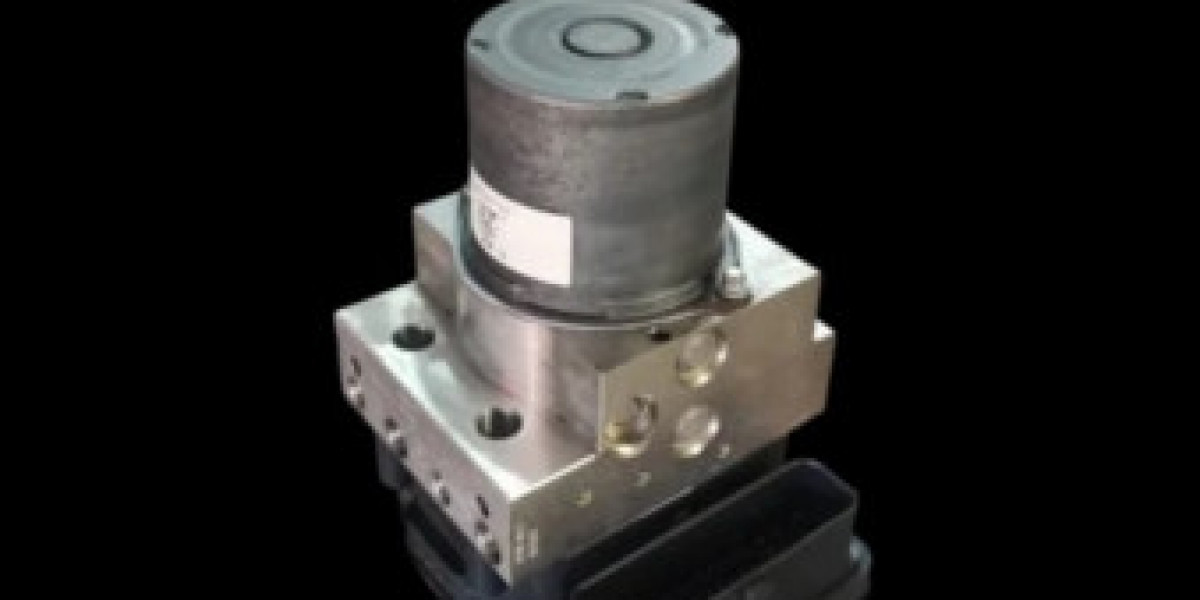Clutch Actuator Diagnostics and Repair: A Complete Guide for Vehicle Owners
In the world of modern transmissions, the clutch actuator has become an essential component, especially in automated manual transmissions (AMTs) and dual-clutch systems. Its primary task is simple to describe but complex to execute—engaging and disengaging the clutch without the need for a driver-operated pedal.
When functioning correctly, the clutch actuator delivers smooth, timely gear shifts and improves the driving experience. However, when issues arise, the symptoms can be confusing, sometimes mimicking gearbox or engine problems. Understanding how to diagnose and repair clutch actuator faults can save both time and costly misdiagnoses.
Understanding the Role of a Clutch Actuator
The clutch actuator is essentially the automated equivalent of a driver’s left foot. It receives signals from the transmission control unit (TCU) and operates the clutch to match engine speed with the selected gear.
In vehicles with automated gearboxes, the actuator works in milliseconds, coordinating gear changes with precision. This removes the guesswork and physical effort from driving while preserving many benefits of a manual transmission.
How a Clutch Actuator Works
Although designs vary between manufacturers, most clutch actuators operate through one of three mechanisms:
Hydraulic – Uses pressurised fluid to move the clutch release system.
Electric – Uses a motor-driven mechanism to operate the clutch fork.
Electro-Hydraulic – Combines electrical control with hydraulic force for precise, high-torque operation.
The TCU determines when a shift is required, disengages the clutch via the actuator, allows the gear change, and then re-engages the clutch smoothly. If any part of this sequence fails, shift quality and drivability suffer.
Common Clutch Actuator Problems
Despite being robustly engineered, clutch actuators can fail over time due to wear, contamination, or electronic faults. Common problems include:
Hydraulic Fluid Leaks – Reduced pressure causes incomplete clutch disengagement.
Worn Gears or Bearings – In electric units, mechanical wear can impair movement.
Sensor Failures – Incorrect position data can cause harsh or missed shifts.
Electrical Faults – Poor wiring connections, corroded terminals, or damaged control boards.
Overheating – Continuous heavy load or poor ventilation can damage internal components.
Early Warning Signs
Drivers should watch for the following symptoms, which often point to a failing clutch actuator:
Jerky or delayed gear changes
Warning lights on the dashboard (often related to the transmission system)
Difficulty engaging certain gears
Clutch slipping or holding at the wrong point
Strange noises during shifting, such as grinding or clicking
These symptoms should not be ignored—prompt attention can prevent further transmission damage.
Step-by-Step Diagnostic Process
Accurate diagnosis is vital because clutch actuator problems are often mistaken for gearbox or engine issues. A structured approach is best:
Check for Error Codes
Connect an OBD-II scanner to retrieve fault codes from the TCU.
Look for specific actuator-related codes, such as “clutch position sensor fault” or “actuation range exceeded.”
Visual Inspection
For hydraulic units, inspect hoses and seals for leaks.
For electric systems, check connectors, wiring, and mounting bolts.
Actuator Operation Test
Many diagnostic tools allow you to command the actuator to operate while the vehicle is stationary.
Listen for abnormal sounds and note any sluggish or uneven movement.
Sensor Testing
Verify clutch position sensor readings against manufacturer specifications.
Look for erratic or out-of-range values.
Software Calibration
Some issues are due to lost calibration, often after clutch replacement or battery disconnection.
Recalibration using manufacturer-specific software may resolve the fault.
Repair vs. Replacement
When a clutch actuator fault is confirmed, the repair approach depends on the type of failure:
Hydraulic Issues – Often repairable by replacing seals, hoses, or master/slave cylinders.
Mechanical Wear – If gears, bearings, or shafts are worn, partial refurbishment may be possible.
Electrical Failures – Faulty circuit boards or motors may require complete replacement.
In many cases, replacement is the more reliable option, especially if multiple internal faults are present.
Calibration and Adaptation
Even after fitting a new or repaired actuator, the job isn’t complete without proper calibration. Modern systems require electronic adaptation to “teach” the actuator the clutch’s engagement points. This ensures:
Smooth gear changes
Correct bite point detection
Prevention of clutch slip
Skipping this step can lead to poor performance and premature wear.
Maintenance Practices to Extend Service Life
While clutch actuators are designed for minimal maintenance, certain habits and checks can extend their lifespan:
Keep hydraulic systems topped up with the correct fluid type.
Avoid prolonged clutch slipping (for vehicles that allow some manual override).
Update transmission software when available.
Inspect wiring and connectors during routine servicing.
Professional vs. DIY Repair
In theory, a skilled DIY mechanic can service or replace a clutch actuator, especially in simpler electric models. However, there are challenges:
Specialised Tools: Many systems require manufacturer-specific diagnostic equipment.
Tight Access: Some actuators are buried within the gearbox assembly.
Calibration Needs: Software-based adaptation is often necessary.
For these reasons, many drivers choose professional repair services for peace of mind and warranty support.
The Cost of Inaction
Driving with a faulty clutch actuator is more than an inconvenience—it can cause:
Damage to clutch plates and gearbox synchronisers
Increased fuel consumption
Sudden loss of drive in extreme cases
Addressing issues early is almost always cheaper than dealing with the consequences of neglect.
Looking Ahead
Future clutch actuator designs are expected to be:
Smaller and lighter – For improved fuel economy.
Smarter – Using predictive algorithms to anticipate shifts.
More integrated – Merging with other drivetrain components to reduce complexity.
In the meantime, a solid understanding of how clutch actuators work—and how to spot problems—remains an essential part of keeping modern transmissions running at their best.








